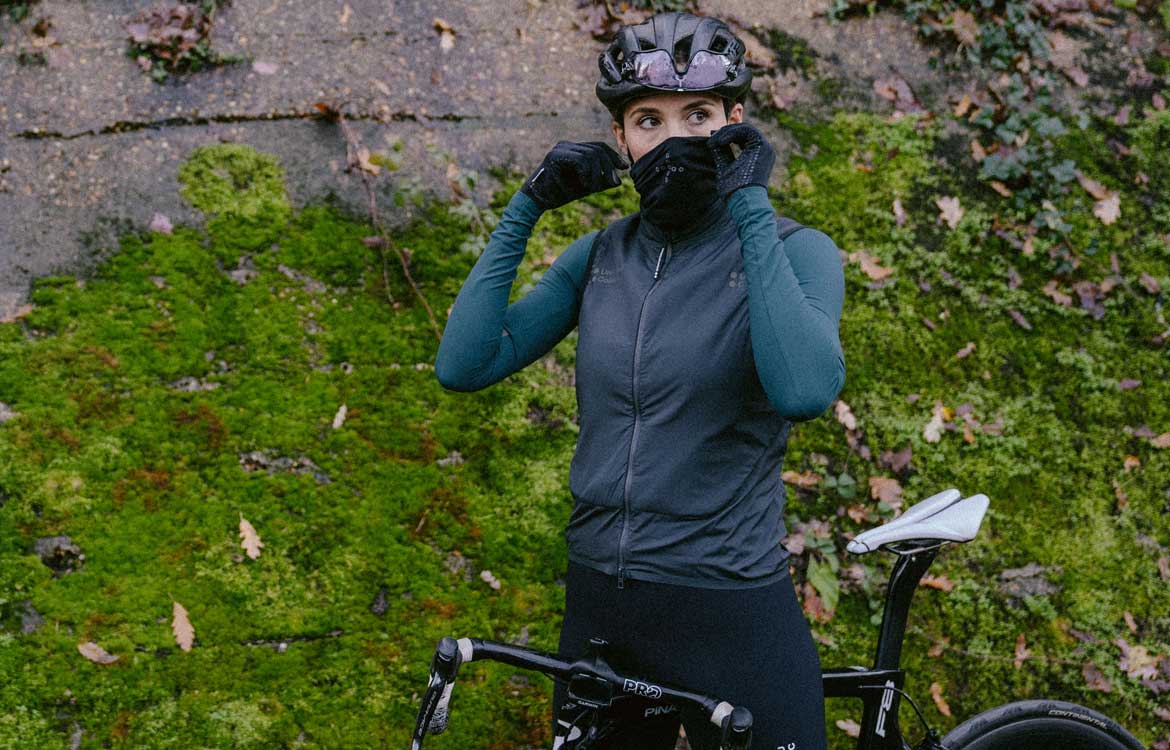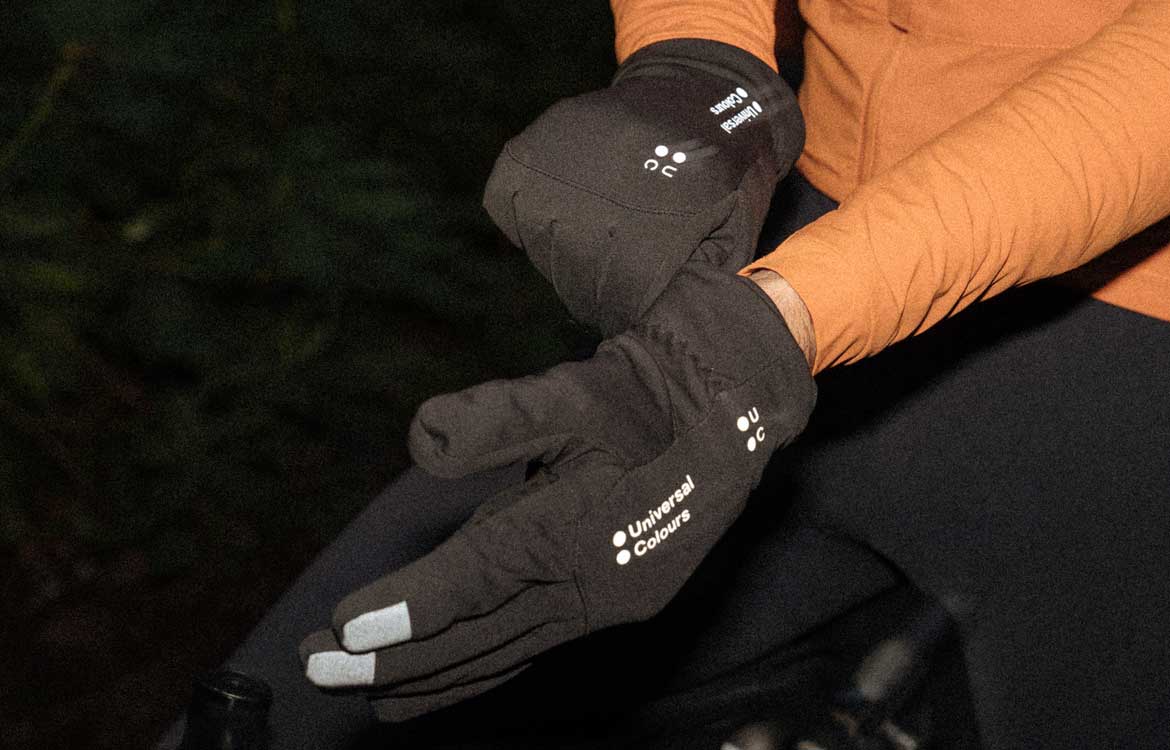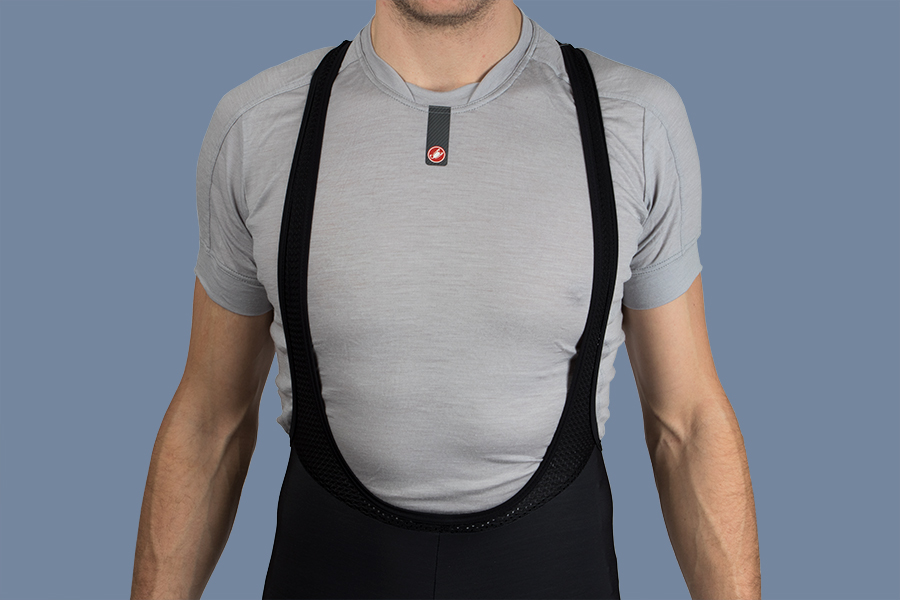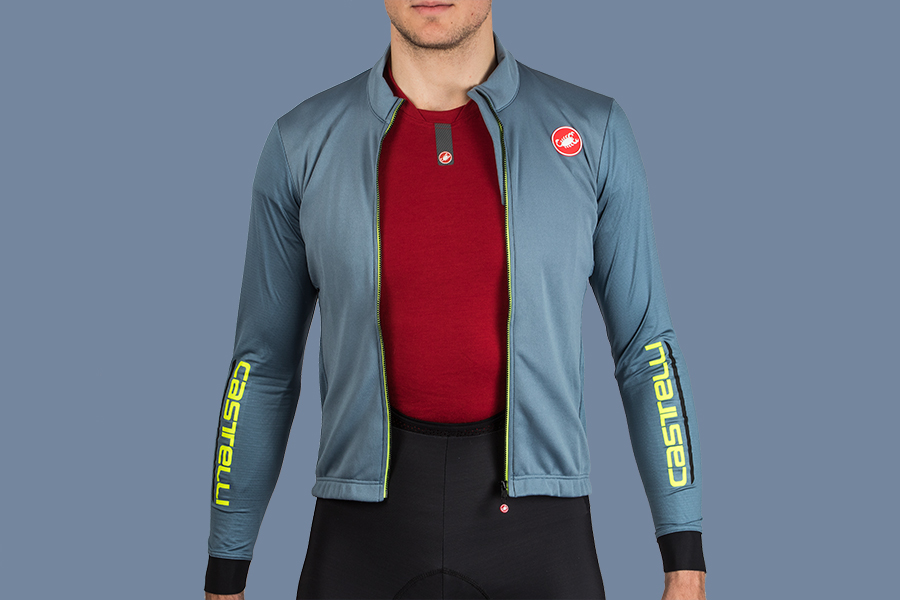Winter is here, and so is the freezing cold weather that comes along with it. Biting winds and sub zero temperatures can put you off getting out on the bike. Yes, you’ll begin to warm up as you start spinning your legs and get the blood pumping, but often your extremities remain cold due to limited circulation.
Don't let the cold put you off, instead refresh your winter kit and head out protected from the elements with the right base layers and clothing to keep your extremities warm. Winter cycling socks and winter gloves need not break the bank however, with plenty of options in our winter sale.
Winter Cycling Gloves & Footwear Guide
The hands and feet don’t have to work hard and are constantly exposed to the elements; road cyclists tend to be out on the bike for hours at a time and with little opportunity to warm up, are particularly susceptible to the wintry conditions. Not only can it become difficult to shift and brake, cold hands and cold feet can be extremely painful, especially if you suffer from Raynaud’s phenomenon and have extreme reactions following exposure to the cold.
9 Tips For Keeping the Extremities Warm
It’s often a matter of trial and error when it comes to the right solution to stay warm for you, but we’ve put together some tips and advice, some obvious, some a little less conventional, to help you survive winter cycling during the colder months.
1. Dress appropriately to keep your core and limbs warm
Before you consider the below, ensure that the rest of your kit is appropriate for the conditions. Without a warm core, your extremities have no chance, as your body will put all its energy into protecting your vital organs. You may even find that wearing the right clothes solves the problem and you won’t need to go to the extremes to stay warm.

2. Wear Winter Cycling Socks
Winter socks can be made from synthetic or natural fabric; natural Merino Wool is a great option. It will keep your feet warm, wick moisture and has antibacterial properties. Many brands design winter socks that are exceptionally warm and offer all the same technology as a pair of summer socks. Ensure, whatever warm pair of winter cycling socks you choose, they are not so thick as to make your feet feel restricted, negating the benefits, and remember that the longer the socks, the more coverage they will offer.

3. Insulated Winter Cycling Gloves
A pair of winter gloves specifically designed for the conditions you’re riding in are essential, be it thermal for cold dry days, or neoprene for some waterproofing. Choose gloves with a longer cuff to ensure a strong barrier between your gloves and jersey or jacket.

Deep Winter Gloves
For those looking for added warmth, deep winter gloves or glove liners are a good option. These tend to be constructed from Merino Wool or silk and add an extra layer of thermal protection under your winter gloves. Remember to consider aside from keeping your hands warm, you will need a versatile pair of winter cycling gloves that allow you to use the bike's controls and offer good dexterity so you can cycle safely.

4. Add a little breathing space
If your winter gloves or shoes are too tight, the added pressure will cut off your circulation, exacerbating the problem. It’s good to go up a size in both, allowing more sock and wiggle room, this, in turn, works to trap warm air.
5. Tape those vents
Those ventilation holes in your shoes may be a Godsend in summer, however, once the trees have shivered themselves free of leaves, you’re going to want to get them covered. Duct tape is perfect for the job.

6. Opt for winter specific cycling shoes
If your wallet allows it, consider investing in some winter specific cycling shoes. Often featuring a thermal lining and water resistant membrane, they also eliminate the need for overshoes. The ankle cuff will be higher to prevent water seeping in and they tend to be highly durable and robust. As per the advice above, ensure you buy them in a slightly larger size.

7. Grab a Pair of Overshoes
Something worth investing in; a good pair of overshoes will keep the wind out, as well as rain and road spray, keeping your feet warm, and dry for longer. Overshoes may be fleece-lined for the coldest days, or made from waterproof silicone for milder, wetter days.

Some riders may find the above fixes the problem, however, there are many out there who need to go a step further to keep warm.
8. Avoid Cold Feet & Wrap Them Up
You’ve probably seen runners wrapped in foil blankets at the end of races. Applying the same principle, you can wrap your feet in foil or clingfilm, or wear latex gloves, either as a next to skin layer or in between thin and thick winter socks and gloves.
Warning - you’re going to get sweaty as this extra plastic layer removes all breathability. However, the sweat will stay warm while you’re on the move. If you don’t want to take things this far, you could first try a pair of neoprene gloves and overshoes that don’t allow your skin to breathe, for a sweaty, yet warm solution.

Spin for the win
We’re not telling you that working harder will keep you warmer - that goes without saying and is not always the answer. However, if you drop a few gears, increasing your cadence, blood will get pumped faster around the body and you’ll warm up quicker.
How to layer your winter cycle clothing
Beyond winter cycling gloves, waterproof cycling socks and overshoes, if you plan on cycling in freezing temperatures or wet conditions you will need the appropriate layers. Most cyclists who ride in low temperatures know the importance of nailing this so that they continue riding throughout the off season.
Base Layers for Cold Weather
The base layer, as the term suggests, forms the first contact point with the skin and is therefore one of the most important pieces of kit in any cyclist’s wardrobe. Moisture management technology carries sweat away from the body, whilst the hybrid design of natural & technical fabric designs keep you warm and comfortable in the harshest of winter conditions.
Typically worn underneath the bibs, it’s important to ensure the cycling base layer is close fitting. Loose fitting garments can become uncomfortable when worn under a bib short/tight and the bunching of fabric can restrict the base layer from performing its most important function of transferring moisture away from the skin.

Beat the Wind Chill Factor with a Jersey
In the winter months a long sleeve jersey is an essential piece of cycling kit, typically worn as the second layer, in between and outer “shell” and a base layer. The key function for any long sleeve cycling jersey is providing warmth and protection from the wind whilst helping to transfer moisture away from the skin and base layer underneath to keep you dry when the pace heats up.

Stay Warm with Outer Layer Jackets
Completely waterproof jackets or jackets with a fleece lining are the first line of protection against the harsh conditions of winter and therefore need to be robust enough to cope with wind, rain, sleet or even snow! Winter cycling jackets typically offer two core functions, warmth and/or water resistance.
Combining a breathable rain jacket that utilises a thin material with a warm winter jersey offers a flexible solution that will keep you warm and dry even in the toughest of conditions. If you’re going to be venturing out when the temperature drops below 5-8 degrees, look for a heavier jacket that has plenty of insulation and a heavy windproof outer layer to keep the cool air away from your core.

Summary
Hopefully these tips for winter rides will help you stay warm and dry in the wet weather and wintery conditions. From deep winter glives to winter cycling socks, at Sigma Sports we have the products you need for road and gravel riding during the colder months. We also have plenty of the best gloves and fully waterproof gear for MTB, perfect for long rides on the trails.
- Shop for a new pair of winter gloves
- Shop for footwear to keep your feet dry
- Shop for sweat wicking baselayers
Winter & Wet Weather Cycling FAQS
What is the difference between winter cycling gloves and normal cycling gloves?
Winter cycling gloves are designed to provide enough insulation and protection against cold, wind, and moisture, often featuring thermal materials and weatherproof coatings. In contrast, normal cycling gloves prioritise breathability and grip, making them more suitable for warm or mild weather conditions.
What are deep winter gloves?
Deep winter gloves are highly insulated winter cycling gloves designed to provide maximum warmth and protection in extremely cold weather conditions. They often feature advanced materials like thermal linings, windproof and waterproof exteriors, and enhanced grip for outdoor activities in harsh winter climates.
Do I need waterproof gloves for winter cycling?
Waterproof gloves are highly recommended for winter cycling to keep your hands warm and dry in wet, snowy, or icy conditions. They provide better insulation and protection compared to regular winter gloves, ensuring comfort and maintaining grip on the handlebars.
How can I avoid cold feet in the winter?
To avoid cold feet while cycling in winter, wear insulated, waterproof shoe covers or winter-specific cycling shoes to retain warmth and block wind. Additionally, consider layering with thermal socks and using toe warmers for extra protection on particularly cold days.
Are there gloves and shoes with reflective details?
Yes many winter cycling gloves feature a reflective trim to help increase safety at night such as the Rapha Brevet Reflective gloves. Likewise there are shoes such as the Sidi Nix winter road shoes that have a reflective trim helping to make you more visible as well as avoid cold feet.






